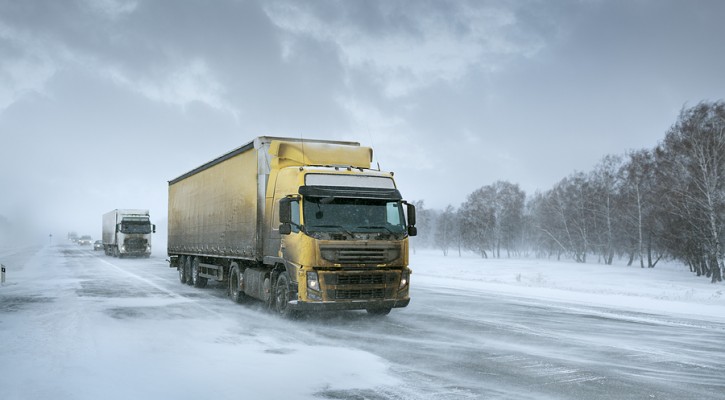
Real Life Questions and Answers: Best Winter Vehicles
January 13, 2015
What is the best car/truck/SUV for snow and ice?
That is an excellent question. Whether you’re looking for a beast to brave Alaskan blizzards or a practical car for ice and snow, there are plenty of winter vehicles to choose from.
Best Winter Vehicles
Jeep. Wranglers and Cherokees are a classic choice. Drivers in snowy parts of the country choose Jeeps because they are 4-wheel drive and have great ground clearance. The newer the model, the more safety features you have to choose from. The 2015 Jeep Wrangler features the Rock-Trac 4WD system and Tru-Lok front and rear locking differentials, as well as stability control with roll control, traction control, and brake assist. The new Jeep Grand Cherokee features a snow setting for advanced traction control on slick roads.The one problem with these vehicles is that they often infect owners with a bad case of over-confidence. Jeeps can be found skidding off the side of a snowy road along with other over-confident SUV drivers. So if you choose a Jeep, be sure to take it easy and slow down on slick roads like the rest of us.
4-Runner. Popular for their excellent traction control, ground clearance, and ability to climb any hill or mountain in their path, the 4-Runner is a great choice for those driving through snowy, mountainous roads. This SUV is also known for being almost impossible to get stuck. However, much like the Jeep Wrangler, 4-Runner drivers need to keep their over-confidence in check.
Subaru. Choose any Subaru at all. These are great cars for winter weather. Put some snow tires or all-season radials on, and you’re sure to have great traction through the coldest travels. Subaru’s Symmetric All Wheel Drive System is built for winter driving, making it a favorite among those living in northern mountain regions.
Toyota Sienna XLE AWD. If you just have to have a minivan, then the Toyota Sienna is the way to go. It is all-wheel-drive and can trek through the slickest roads with a good set of winter tires. Plus, this ride can hold up to 8 passengers, making it perfect for hauling the kiddos.
Keep in mind that no matter what you drive, you must have the right tires. Even a 4-wheel drive SUV with smart traction control is worthless without snow tires or all-season radials. In fact, most front-wheel drive and all-wheel drive cars do just fine with the right tires. So if you live in an area with average snowfall and good road maintenance, then save yourself a little money and invest in some good winter tires.
If you’re living off the beaten path, facing extreme blizzards, or just want the peace of mind that comes with added safety features, then these are the winter vehicles for you.

Winter Safety Tip #1: Trip Planning
December 4, 2014
Stay Safe by Planning Your Trip
Trip planning is the key to safe and stress free winter truck driving. Don’t wait until the winter months to start planning for winter. What does this mean? It means that when the weather is good, take notes on where the chain up and chain off places are. Build a library of safe places to park so you have alternatives when your planned stop does not pan out. How many of us have had the experience of aiming for that rest area only to find that it is closed? That is all fine in fair weather but when the blizzard hits we better have a plan B to get to our next safe place.
A big part of trip planning in the winter is monitoring the weather. There are many sources for weather: the XM radio, the Weather Channel (usually on at the truck stops), the Internet (from our smartphone or Wi-Fi), 511 from the not-so-smart phones, and our old friend – the robotic voice of NOAA weather. Lastly, there is the old school method of predicting the weather – using the CB to get information about what the conditions are ahead.
Take out your map, your library of safe places to park, and the weather information you gathered and plan your trip. Plan it so that you are going over the passes when the snow has melted (or at least after the plows have had a chance to work the road a bit). In bad weather, calculate your speed at 25mph. If you overestimate your speed you may run out of your driving hours or hit your 14 before you can get to a safe place. Remember that the “extra two hours of driving for unforeseen traffic or weather” only applies if it is unforeseen – you cannot tell DOT that you did not see the winter storm coming when it has been broadcast by every news report and DOT traffic sign.
